9 GPTs for Building Design Powered by AI for Free of 2025
AI GPTs (Generative Pre-trained Transformers) for Building Design are advanced AI tools tailored for the architecture, engineering, and construction industries. These tools leverage the power of AI to assist in various aspects of building design, from conceptualization to detailed planning. By understanding natural language, these GPTs can interpret design requirements, suggest optimizations, and even generate design elements, making them invaluable in streamlining the design process and fostering innovation.
Top 9 GPTs for Building Design are: Minecraft Expert,Building Designs and Plans,현대 엘리베이터 AI 영업사원v1.0,ComfortGPT,Fantasy Pixel Art Artisan,BR18,Smart Windows & Simulation Articles,California Residential Code GPT,AS 1428 - Australian Standards Assistant
Minecraft Expert
AI-powered Minecraft Companion

Building Designs and Plans
Envisioning Architecture with AI
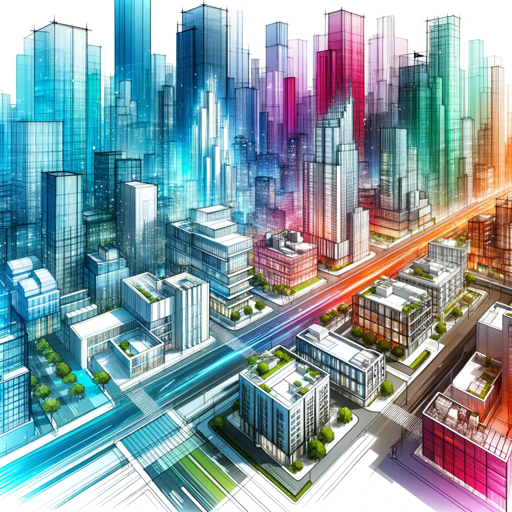
현대 엘리베이터 AI 영업사원v1.0
AI-powered Elevator Solutions

ComfortGPT
AI-powered Thermal Comfort Insights
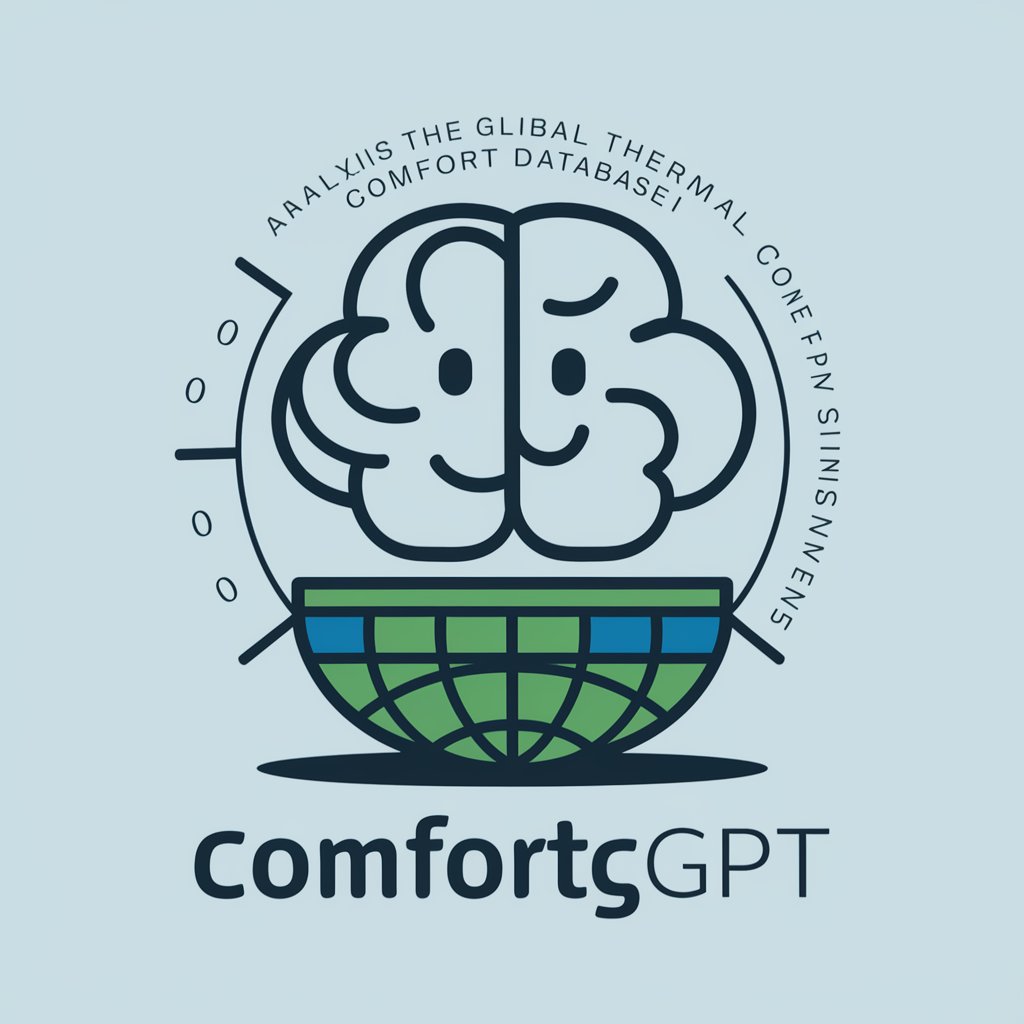
Fantasy Pixel Art Artisan
Craft Your Fantasy World with AI
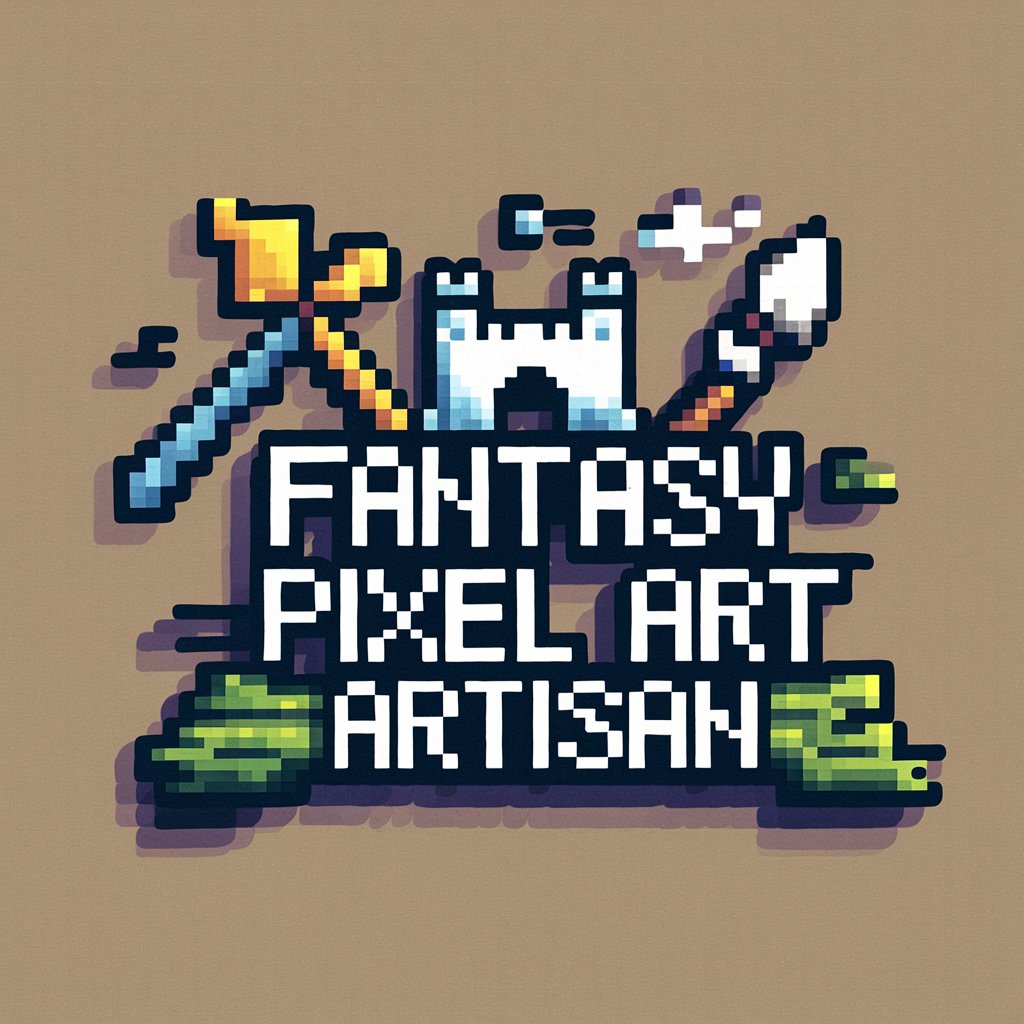
BR18
Navigate building regulations with AI precision.
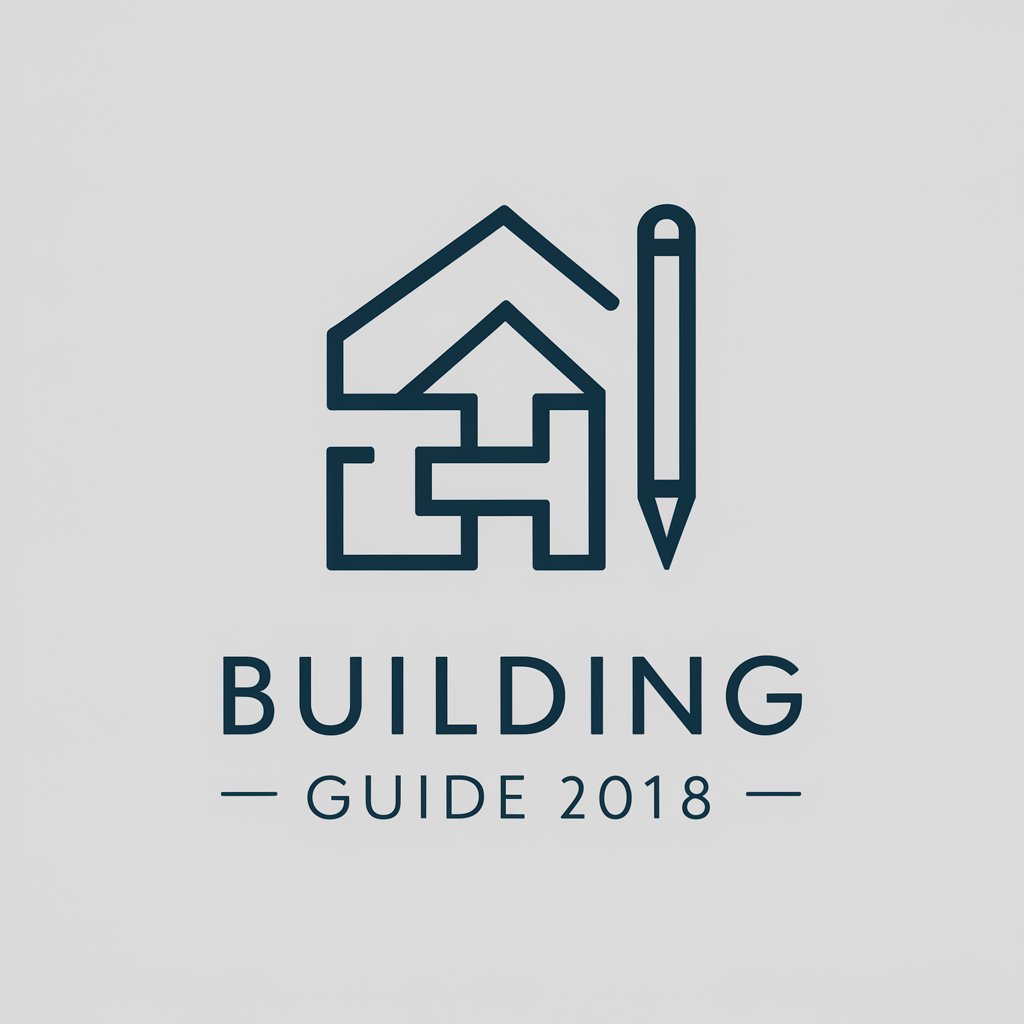
Smart Windows & Simulation Articles
AI-driven insights on smart windows and simulations

California Residential Code GPT
Decoding building codes with AI

AS 1428 - Australian Standards Assistant
Empowering accessible design with AI
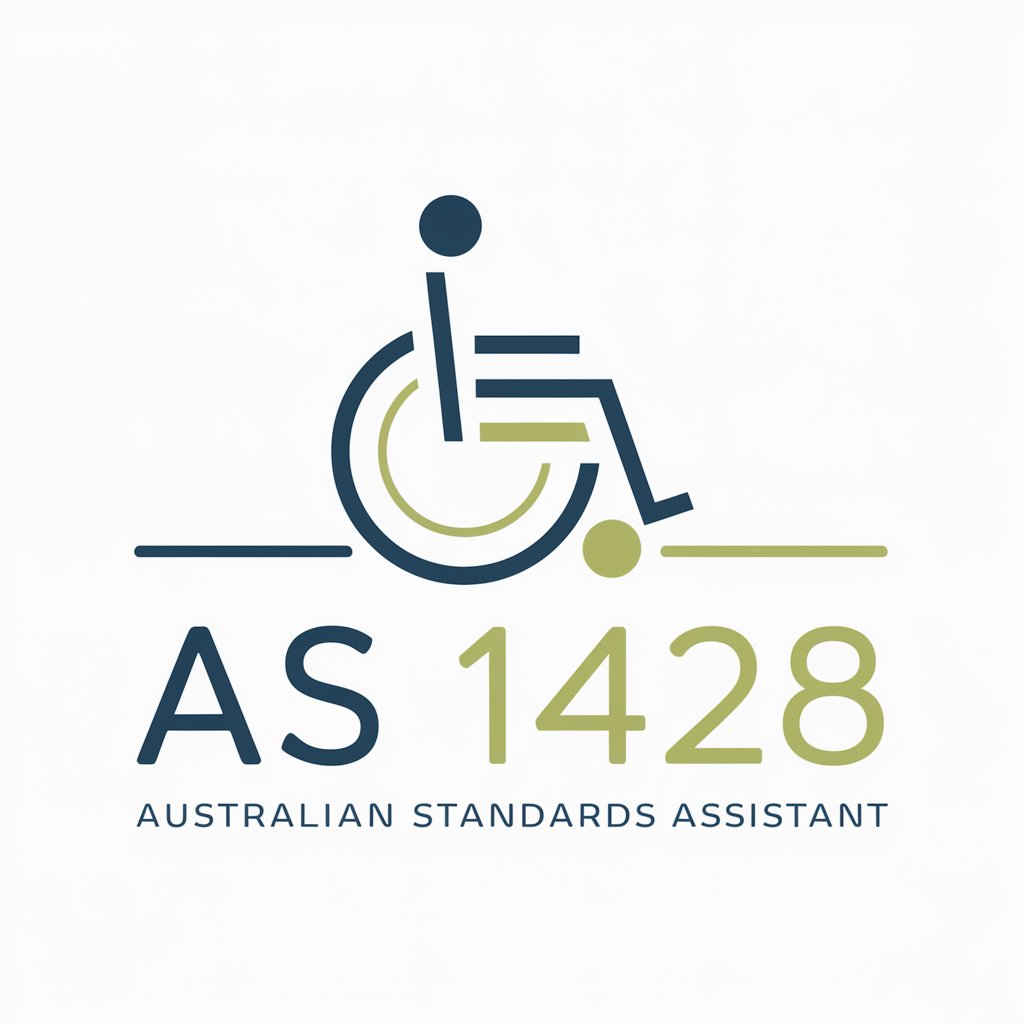
Key Attributes of Building Design AI Tools
AI GPTs for Building Design stand out due to their adaptability across a range of design tasks, from generating initial concepts to refining detailed plans. Key features include their ability to process and interpret technical language specific to building design, integrate with design software for seamless workflows, offer suggestions for sustainability and efficiency, and support complex data analysis for informed decision-making. Their advanced image generation capabilities can visualize designs before they are built, providing a tangible preview of architectural projects.
Who Benefits from Architectural AI Assistants
These AI tools are designed for a broad audience within the building design sector, including architects, civil engineers, urban planners, and interior designers. They cater to both novices seeking guidance and seasoned professionals looking for efficiency and innovation in their projects. Additionally, they offer customizable features for developers in the tech field, allowing for tailored solutions that fit specific project needs.
Try Our other AI GPTs tools for Free
Console Selection
Discover how AI GPTs for Console Selection can guide you to the perfect gaming or computing console with personalized recommendations, ensuring an informed choice tailored to your preferences and needs.
Peripheral Setup
Discover how AI GPTs for Peripheral Setup revolutionize device management with intuitive, adaptive tools designed for effortless configuration, troubleshooting, and optimization.
Program Structuring
Explore how AI GPTs revolutionize program structuring, offering tailored coding assistance, optimization, and learning tools for developers of all levels.
State-Specific
Explore how State-Specific AI GPTs deliver tailored, context-aware solutions to meet the unique challenges of local regions, enhancing services and governance.
Sales Scripts
Discover how AI GPTs for Sales Scripts can revolutionize your sales strategies with tailored, persuasive, and efficient scripting solutions designed to boost engagement and conversion rates.
Tension Building
Explore how AI GPTs for Tension Building transform storytelling and research with advanced, user-friendly tools designed to craft and analyze suspense.
Expanding Horizons with AI in Building Design
AI GPTs are revolutionizing building design by offering user-friendly interfaces that simplify complex tasks, making advanced design techniques accessible to a wider audience. Their integration capabilities mean they can complement existing workflows, enhancing productivity without disrupting established processes. This adaptability ensures that AI tools are not just powerful standalone solutions but also valuable additions to the design ecosystem.
Frequently Asked Questions
What exactly are AI GPTs for Building Design?
AI GPTs for Building Design are specialized AI tools designed to assist in the architectural and construction design process by leveraging natural language processing and machine learning.
How can these tools improve the design process?
They streamline the design workflow by providing instant suggestions, automating routine tasks, and offering innovative design solutions based on the latest trends and data.
Do I need coding skills to use these AI tools?
No, these tools are designed to be user-friendly for professionals without coding expertise, though they also offer advanced customization options for those with programming skills.
Can these AI tools generate visual designs?
Yes, they have image generation capabilities to visualize architectural designs, providing a realistic preview of the building concepts.
Are these tools compatible with existing design software?
Many AI GPTs for Building Design are designed to integrate seamlessly with popular design software, enhancing their functionality and efficiency.
How do these AI tools handle data security and privacy?
Data security and privacy are paramount, with stringent measures in place to protect user data and project information.
Can AI GPTs for Building Design assist in sustainability planning?
Yes, they can analyze various design aspects to suggest sustainable and energy-efficient solutions, aligning with green building standards.
What customization options are available for these tools?
Users can tailor the tools to specific project needs, incorporating custom data sets, design preferences, and integrating with third-party applications for enhanced functionality.